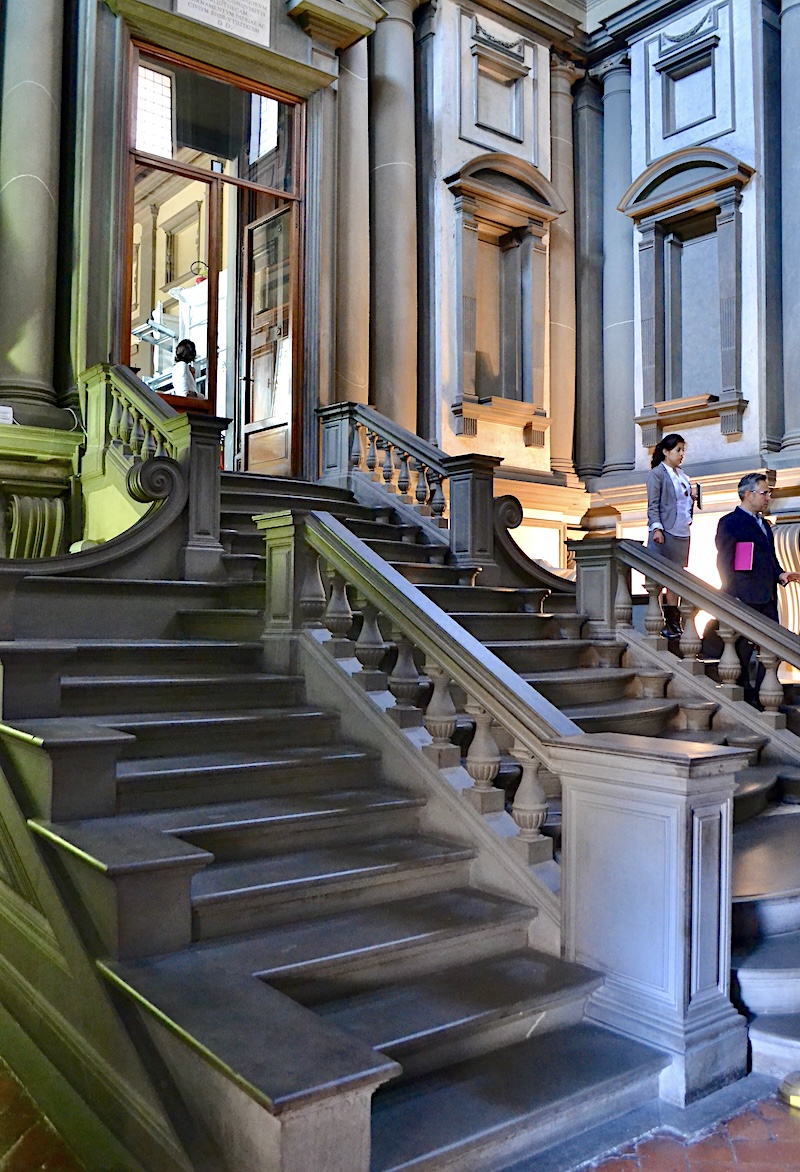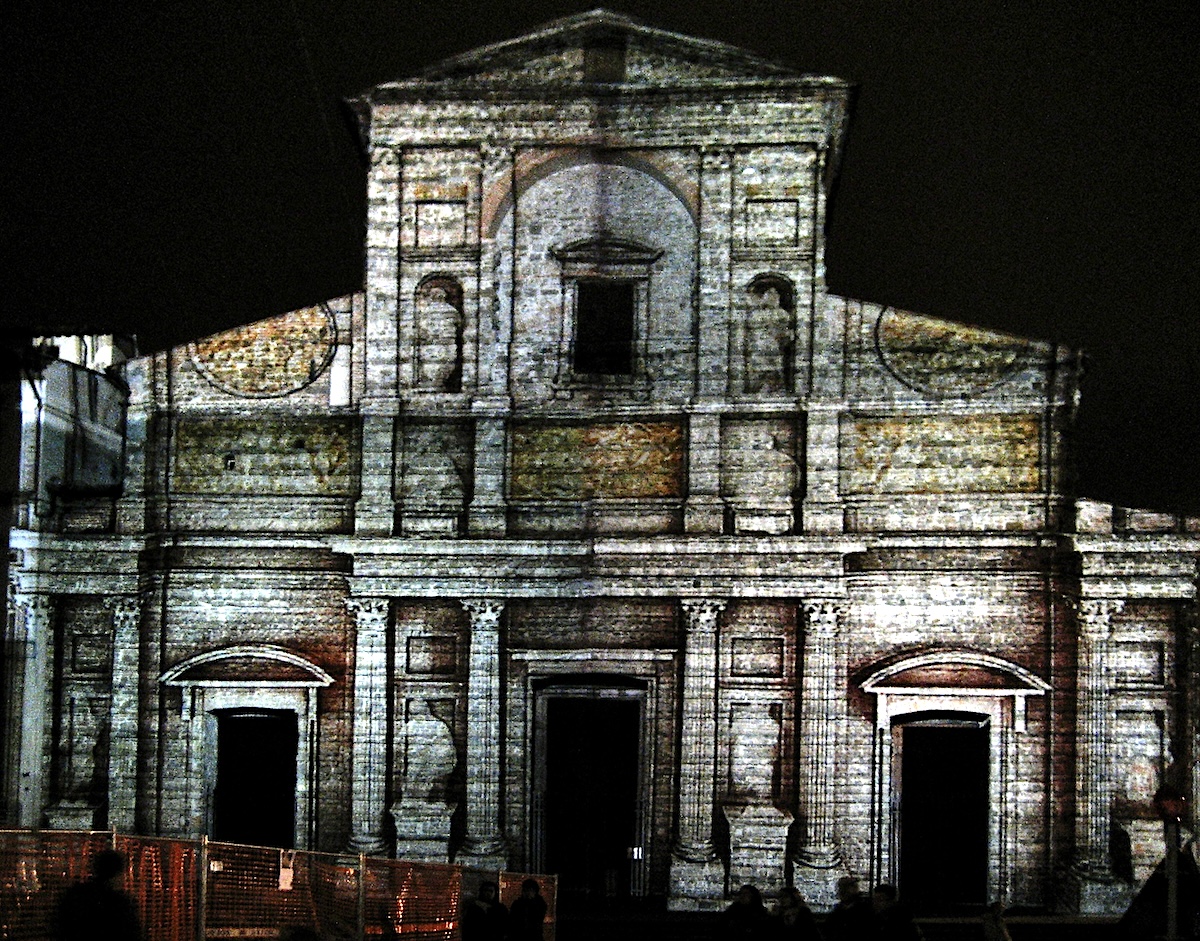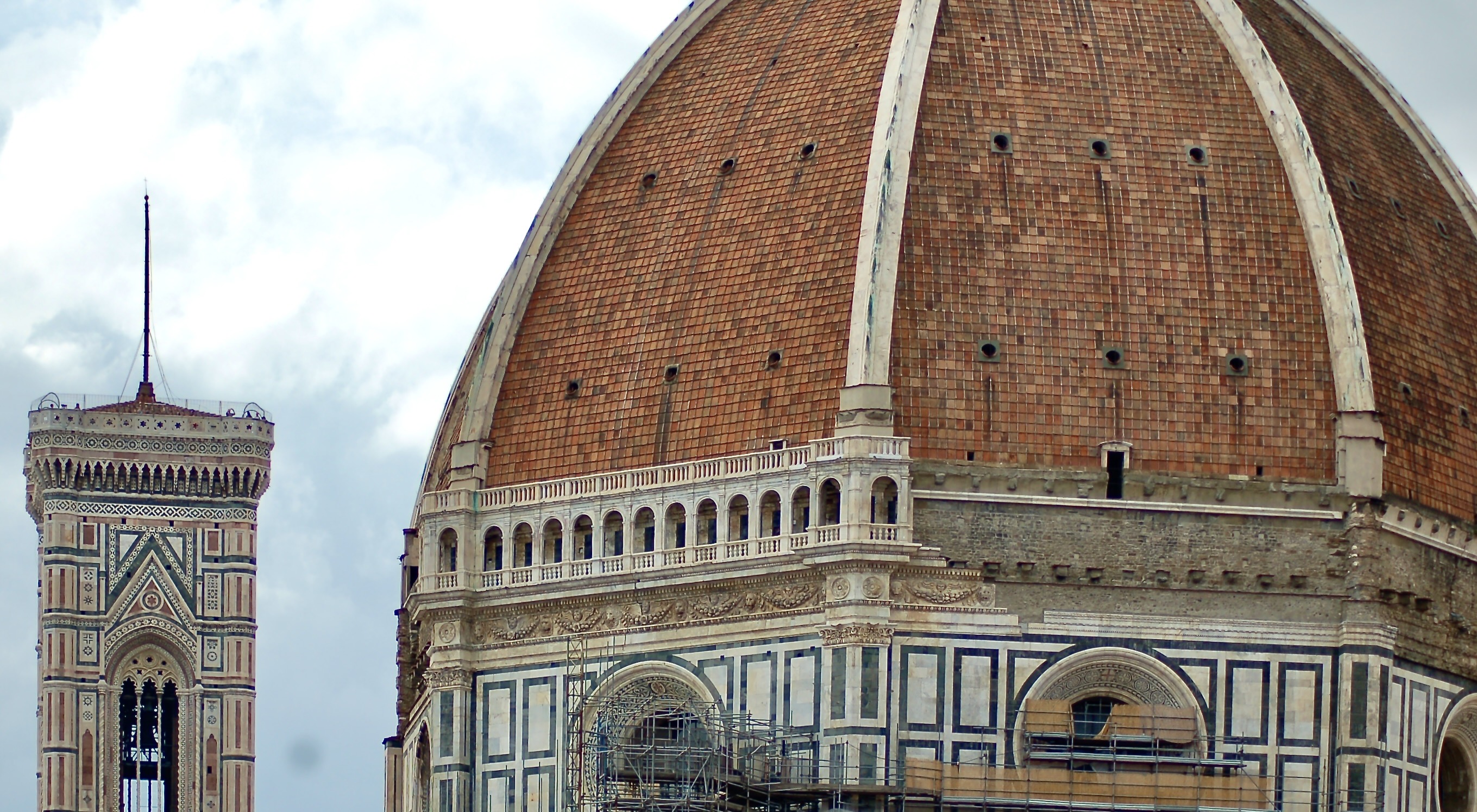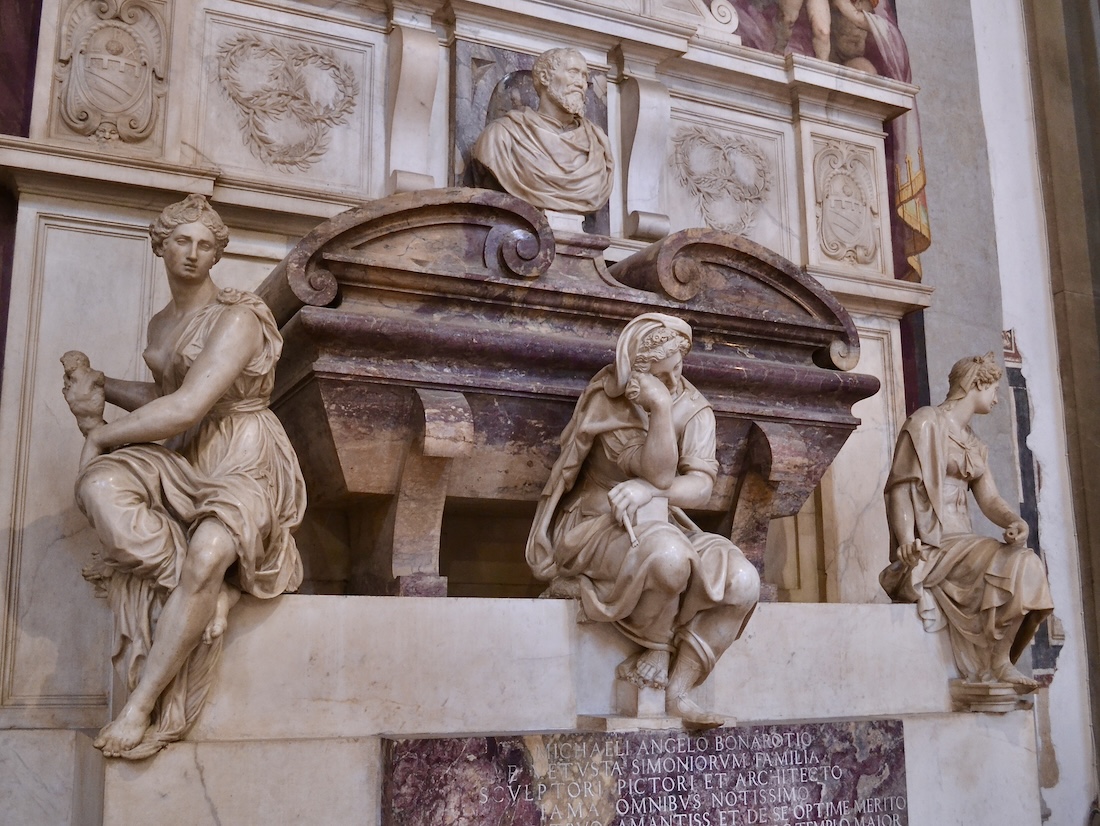Michelangelo's Florence

Florence is the birthplace of the legendary Renaissance artist Michelangelo Buonarroti. While he spent much of his career in Rome working on commissions for the papacy, Florence remains home to some of his most iconic masterpieces that dazzle visitors from around the world.
Michelangelo's Painting & Sculpture
The Galleria dell'Accademia houses what is arguably Michelangelo's most famous sculpture, and one of the most iconic pieces of art in the world - the gigantic marble sculpture of David. Towering at over 17 feet tall, this nearly anatomically perfect and emotionally intense nude depicts the Biblical hero right before his battle with Goliath. Originally commissioned for the Cathedral of Florence (the Duomo) and intended to be placed outside, it has been on display at the Accademia since 1873 (the copy that is outside the Palazzo Vecchio is not a bad substitute if you don't make it to the Accademia however). The Accademia also has some of his unfinished works, including the powerful set of "Prisoners" or "Slaves".
Personally I think Michelangelo's Bacchus in the Bargello is one of his best if not overlooked works, even if the head of this sculpture appears too small for the body. The larger than life statue represents the Roman god of wine in a slightly off balance pose that suggests his inebriation. It was commissioned by Raffaele Riario, a high-ranking Cardinal and collector of antique sculpture, but was rejected by him upon completion and instead bought by Jacopo Galli, Riario's banker and Michelangelo's friend.
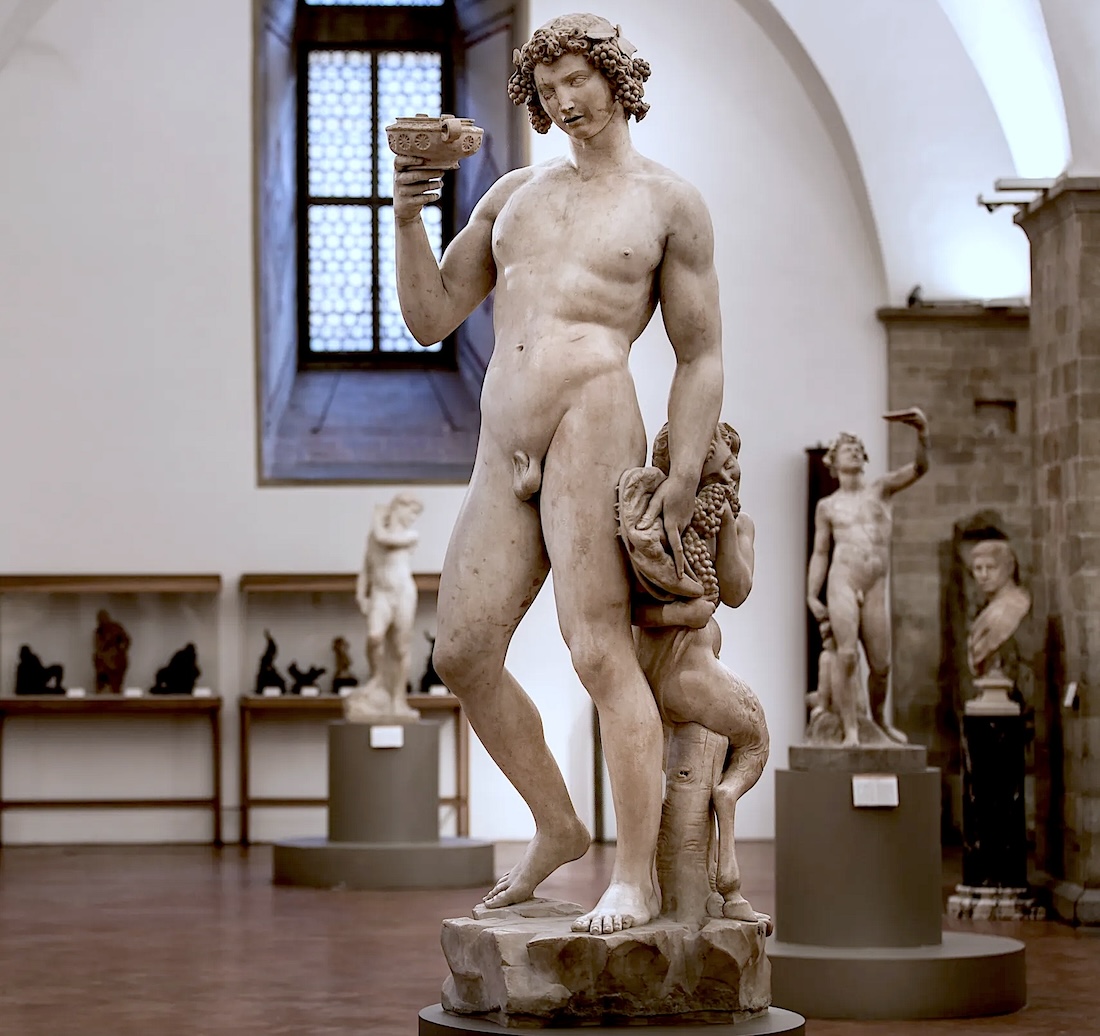
In the Uffizi Gallery hangs what is probably Michelangelo's most famous painting that is not a fresco - the Doni Tondo. The work was most likely executed in 1503 or 1504, before the Sistine Chapel ceiling frescoes were begun in 1508. The Doni Tondo portrays the Holy Family (the child Jesus, Mary, and Joseph) along with John the Baptist.

Michelangelo's Architecture
In addition to his celebrated sculptures in Florence, Michelangelo also left an indelible mark on the city's architecture through his innovative design of the Laurentian Library (Biblioteca Medicea Laurenziana), part of the Basilica of San Lorenzo complex, the church of Michelangelo's family. He designed (but did not build and allegedly never saw) the library and the famous staircase which is considered late Renaissance to Mannerist in style:
Michelangelo also planned a facade for San Lorenzo that was never constructed. The plan was shown projected onto the church during a special event in 2007:
A short walk from San Lorenzo leads to the Museum of the Medici Chapels. Here Michelangelo ingeniously designed and built the New Sacristy and sculpted the marble monuments inside of the Medici dukes. The interior space features his sublime marble sculptures of Night, Day, Dusk, and Dawn adorning the Medici tombs. The massive sculptural works depict the figures in a typically Michelangelesque display of the human form's beauty and power.
He also famously criticized the arcaded walkway of the Duomo when he likened the first completed section of Baccio D'Agnolo's work to a "cricket's cage". This put off the project (many variations of this story exist) and to this day the rough stones at the top of the drum are still visible with only one section "finished".
A visit to Michelangelo's Florence (for Michelangelo lovers) should probably include the Casa Buonarroti, but this is a fairly overlooked museum and modern scholarship doesn't seem to favor it. It houses his earliest brilliant sculptures, the Battle of the Centaurs and the Madonna of the Stairs, (a wonderful relief done when he was just a teenager), from his first years as an artistic prodigy in Florence. Drawings, letters, and personal effects provide an intimate glimpse into the great master's life.
His sarcophagus, with a bust of his likeness, was designed by Vasari and is in the Basilica of Santa Croce:
This is just an introduction to Michelangelo's Florence! We'll be writing more in depth articles on some of the sculptures and architecture of Michelangelo in the future. If you are planning a visit to Florence and want to have a guided tour of Santa Croce and to see Michelangelo's tomb (and many others!) we suggest this one (as an affiliate, Florence-On-Line receives a commission if you book from this link).
Comments:
Last update:
What's New?
-

Piazza Santa Trìnita
Dec 2, 2025
-

December in Florence : Dicembre a Firenze
Dec 1, 2025
-

November in Florence : Novembre a Firenze
Nov 1, 2025
-

Ceramics Fair (Fiera della Ceramica)
Oct 1, 2025
-

October in Florence : Ottobre a Firenze
Oct 1, 2025
Top experiences in and around Florence:
Some links to external websites may be affiliate links (hotel bookings, guide books, activities, etc.). Using these services helps to support our efforts here with no additional costs to the user (you!).
